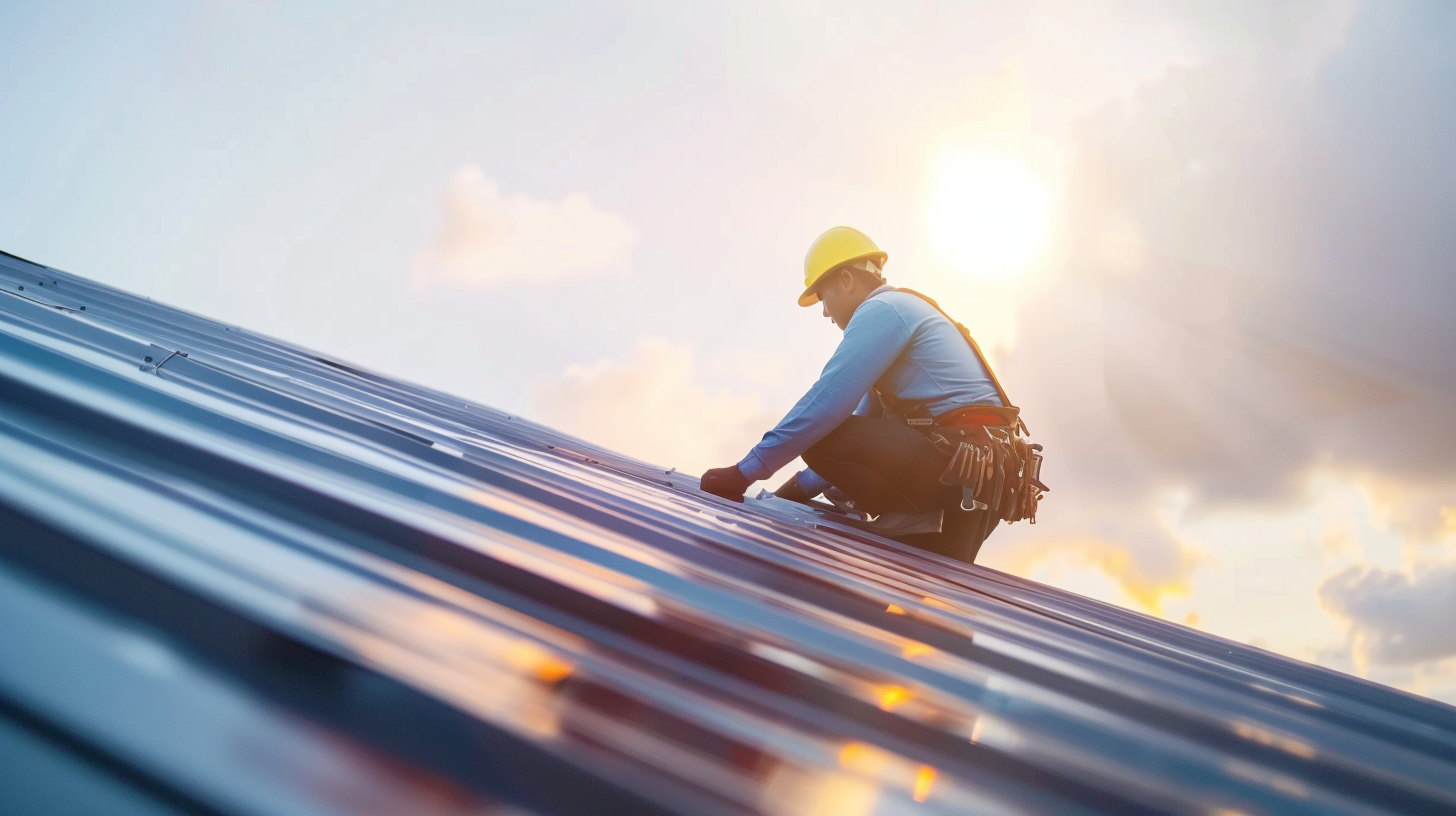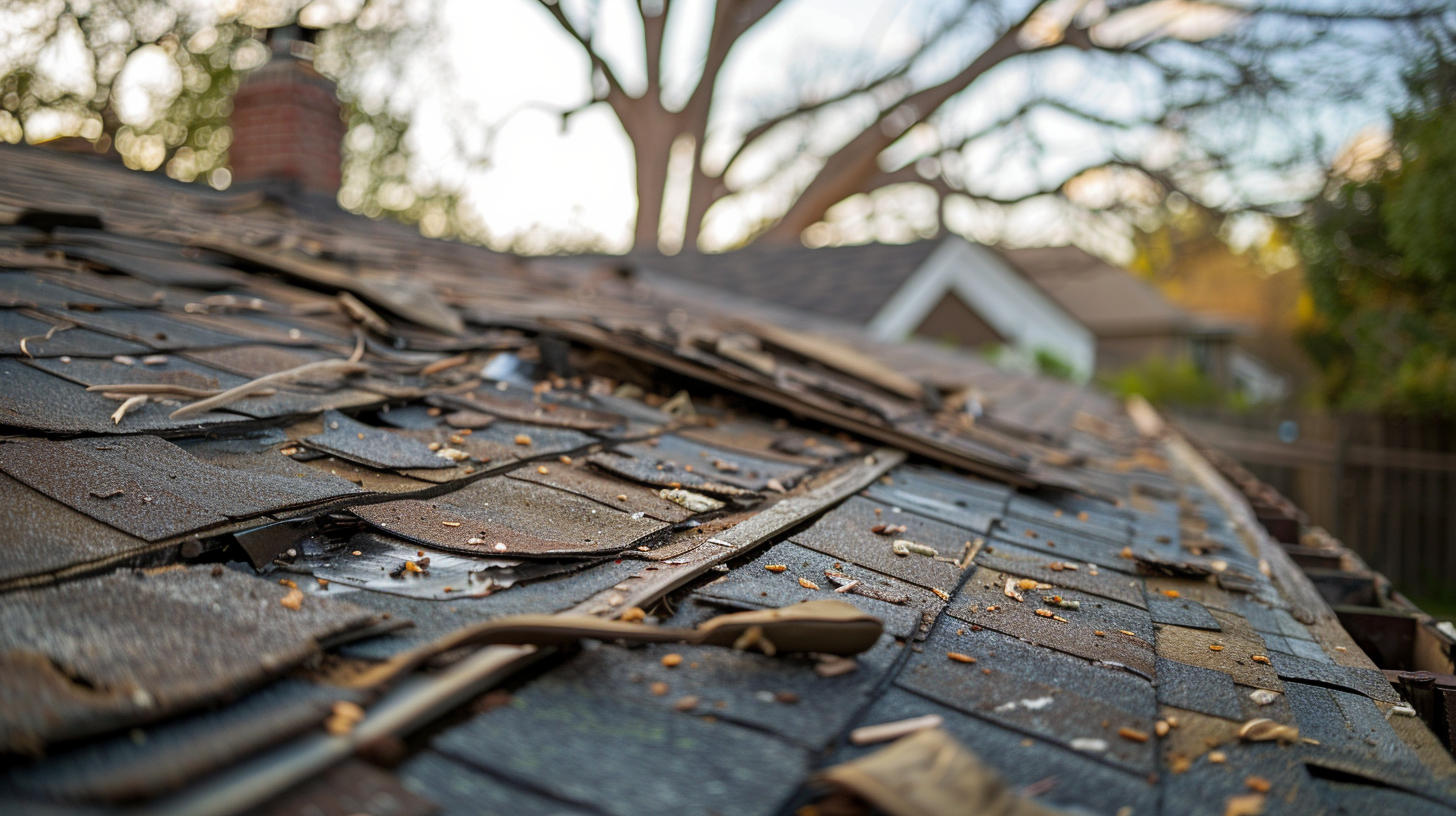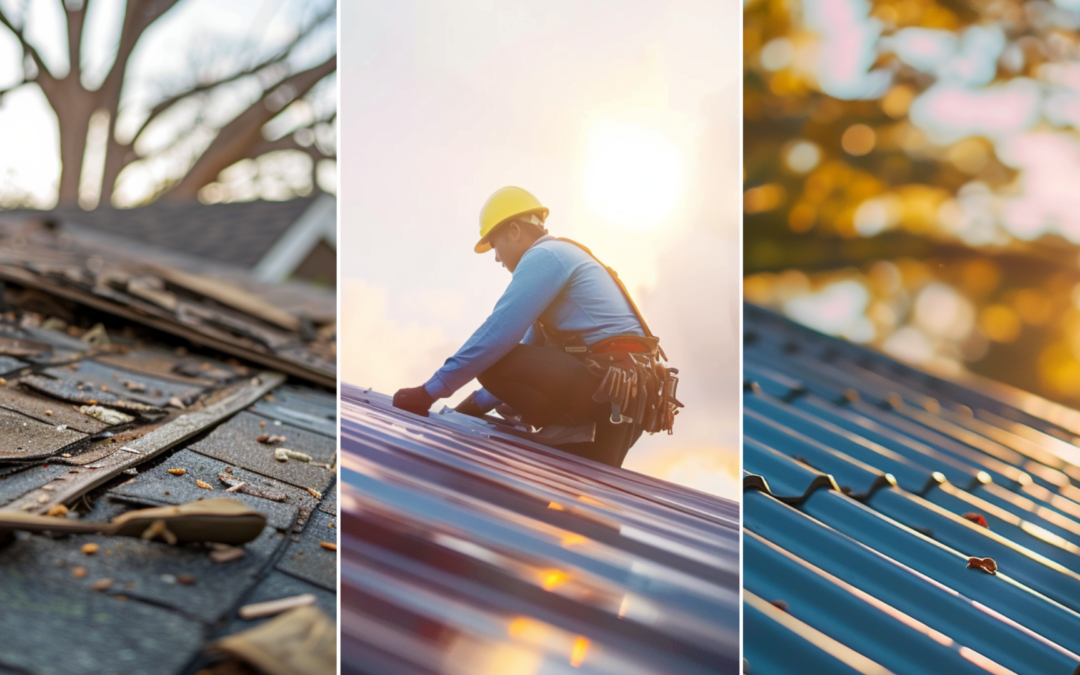Definition of Wind Resistance
Importance of Understanding Wind Resistance in Roofing Construction
Wind resistance is significant for the performance of cyclone-prone areas or regions with solid wind patterns. The wind has the potential to create uplift forces on a roof. If these forces are not adequately mitigated, the roof can be lifted off and detached from the building, leaving the entire structure vulnerable to further damage.
Several factors contribute to wind resistance in roofing. The frontal area, the roof’s total area facing the wind, dramatically affects the wind resistance. Additionally, air density and wind speed also play a significant role. Higher wind speed and lower air density increase the overall wind pressure on the roof, further emphasizing the need for a robust, wind-resistant design.
Understanding wind resistance in roofing construction allows homeowners and contractors to choose appropriate roof materials and designs. This includes opting for materials that withstand high winds, such as impact-resistant shingles or metal panels. Implementing proper installation techniques and regularly inspecting and maintaining the roof can significantly enhance its wind resistance.

Wind Resistance - Effects of Wind Resistance on Roofing - Sky Roofing Construction & Remodeling
Effects of Wind Resistance on Roofing
Impact of Wind Resistance on Roofing System
Roofs designed and built with a solid understanding of wind resistance and water repellency can offer several benefits. Firstly, they can withstand high wind speeds without sustaining significant damage. This is crucial in areas prone to intense storms or hurricanes, where wind speeds can reach destructive levels. By effectively resisting the force of the wind, roofs can stay intact, preventing water leaks and other potential damage. Moreover, roofs with highly water-resistant materials can prevent water infiltration during heavy rains.
Furthermore, understanding wind resistance enables homeowners to select suitable roofing materials and designs. Certain materials and components offer better airflow management, reducing the uplift pressure caused by wind passing over the roof. Proper airflow control ensures that the roof remains firmly in place, minimizing the risk of shingle or tile loss. In addition, selecting materials with faster speeds of water runoff can further protect the roof’s integrity.
Ultimately, comprehending wind resistance and water repellency before undertaking a roofing renovation project ensures that the chosen system is built to withstand the force of wind and stand the test of time. By investing in a wind-resistant and water-repellent roofing system, homeowners can enjoy peace of mind, knowing that their roof is equipped to handle whatever nature throws its way. This investment can also reduce energy expenditure by maintaining a stable interior temperature and preventing energy loss due to roof damage.

Wind Resistance - How Wind Resistance Affects - Sky Roofing Construction & Remodeling
How Wind Resistance Affects the Efficiency of Roofing System
The impact of wind resistance on a roofing system’s performance is significant. As wind speed increases, so does the aerodynamic drag and the force exerted on the roof. A lack of wind resistance can lead to structural damage, uplift, or even complete failure of the roofing system. By incorporating wind resistance measures, the efficiency and longevity of the system can be significantly improved.
Several key factors contribute to wind resistance in roofing systems. These include the design of the roof shape, the quality and installation of roofing materials, and the appropriate use of fasteners and connections. Proper flashing and sealing techniques are crucial to prevent wind-driven rain from entering the interior.
Strategies for improving wind resistance should be implemented to enhance a roofing system’s efficiency. This may involve choosing roofing materials that withstand high winds, such as impact-resistant shingles or reinforced membranes. Utilizing appropriate fastening techniques and regularly inspecting and maintaining the roof is essential for ensuring optimal wind resistance. Moreover, wind power enthusiasm has driven roofing technology advancements that improve wind resistance and energy efficiency.

Wind Resistance - Roofing Materials that are Wind Resistant - Sky Roofing Construction & Remodeling
Roofing Materials that are Wind Resistant
Metal Roofing
Metal roofing can be made from several materials, including steel, aluminum, and copper. Each material has unique characteristics and suitability for various climates. Steel is known for its strength, making it an excellent option for areas with high wind speeds. Aluminum is lightweight yet highly resistant to corrosion, making it ideal for coastal regions. On the other hand, copper offers a distinctive aesthetic appeal and is well-suited for historic or architectural buildings.
The installation process of metal roofing involves several steps:
- The roof surface must be prepared by removing existing shingles or materials.
- The metal panels are fastened securely to the roof using screws or nails.
- The seams between the panels are sealed to ensure water tightness and to enhance wind resistance.
Asphalt Shingle
Installing asphalt shingles begins with preparing the roof deck by removing the old shingles and repairing any damage. Tools such as a roofing nailer, hammer, utility knife, and ladder are essential for a successful installation. Additionally, materials like roofing underlayment, starter strips, shingles, and roof vents are necessary to ensure a proper and effective installation.
When it comes to asphalt shingles, there are three main types to consider – three-tab, architectural, and designer shingles. Three-tab shingles are the most basic and familiar, offering a simple and uniform appearance. Architectural shingles are thicker and offer a more dimensional and textured appearance. On the other hand, designer shingles come in various shapes, sizes, and patterns, providing a unique and luxurious look to a roof.
Selecting asphalt shingles involves several key considerations. Durability is paramount, as shingles should withstand harsh weather conditions, including strong winds. Color options match the overall aesthetic of the property. Warranties are essential to ensure the longevity and quality of the shingles. Wind resistance is a vital factor to consider, as wind events can cause severe damage to the roof if the shingles are not designed to withstand high winds.
Asphalt shingle maintenance includes regular inspection to identify any signs of damage or wear. Cleaning the shingles periodically helps maintain their appearance and prevents algae or moss growth. Promptly addressing any damages, such as loose or missing shingles, is crucial to avoid further issues.
Slate Roofing
Different types of slate are used in roofing, including traditional slate, synthetic slate, and composite slate. Color, size, thickness, and texture should be considered when choosing slate for a roof. Traditional slate offers an authentic and elegant appearance, while synthetic and composite slate provides a more affordable and lightweight alternative.
The benefits of slate roofing are numerous. Besides its aesthetic appeal, slate is fireproof, resistant to insects and rot, and can withstand extreme weather conditions, including high winds. However, there are a few disadvantages to consider, such as its high cost and weight and the need for skilled professionals for installation and maintenance.
Proper maintenance, regular inspections, cleaning, and replacing damaged tiles can ensure that a slate roof lasts for over a century. Thanks to its interlocking design, slate roofing exhibits excellent wind resistance. This resistance helps protect the roof from wind-related damages, ensuring peace of mind for homeowners in areas prone to strong winds.
Sky Roofing Construction & Remodeling: Ensuring Wind Resistance for Your Roof
Tasha Davis is a knowledgeable contributor to Sky Roofing Construction & Remodeling, with a specialty in roofing project management and customer service excellence. Tasha’s experience in overseeing large-scale roofing projects ensures that her writing is both practical and customer-focused, providing homeowners with tips on navigating the roofing process smoothly and ensuring their satisfaction from start to finish.

